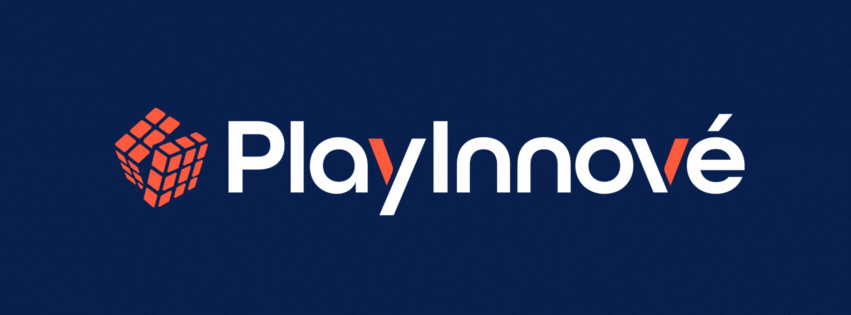Brainstorms & Playforms: The Science Behind Thinking Differently
- PlayInnové

- Mar 4
- 2 min read

We often hear that creativity is something you're either born with or without, like an artistic gene or an innate ability to conjure up groundbreaking ideas. But science tells a different story. Creativity isn’t just for the lucky few; it's a cognitive process that can be cultivated, exercised, and enhanced.
What Drives Creativity?
Creativity is the ability to connect unrelated ideas, solve problems in new ways, and envision possibilities that others might overlook. But what’s happening in the brain when we’re in this state of creative flow?
Divergent Thinking: Coined by psychologist J.P. Guilford, this refers to the ability to populate multiple solutions to a single problem. Think brainstorming sessions where “bad ideas” don’t exist.
Cognitive Flexibility: The ability to move between different concepts and perspectives quickly. Studies show that highly creative individuals often have stronger connections between different brain regions, particularly the prefrontal cortex and the default mode network.
Emotional Safety: Creativity flourishes in environments where people feel safe to share their ideas without fear of judgment. This is psychological safety, which research from Amy Edmondson, PhD shows is a key driver of highly innovation teams.
Breaking the Mental Box
So how do we break out of rigid thinking patterns and cultivate creativity?
Play with Constraints – It might seem counterintuitive, but constraints often lead to more innovative solutions. Think of LEGO® SERIOUS PLAY®—a handful of bricks, infinite possibilities.
Embrace Play – Play triggers the brain’s reward system, releasing dopamine, which enhances learning and problem-solving. Companies like IDEO and Google have long used play-based methods to drive innovation.
Shift Your Perspective – Try tackling a problem from a completely different angle. What would a 5-year-old suggest? How would an AI approach it? Or, consider a different approach to perspective in problem-solving with Edward de Bono’s Six Thinking Hats.
Encourage Psychological Safety – Without it, even the most creative minds will hesitate to share their best ideas.
Creativity isn’t magic; it’s a skill. And like any skill, it thrives when nurtured. At PlayInnové, we help organizations tap into their creative potential through purposeful play and engagement strategies. The real question is: How will you unlock your next big idea?




Comments